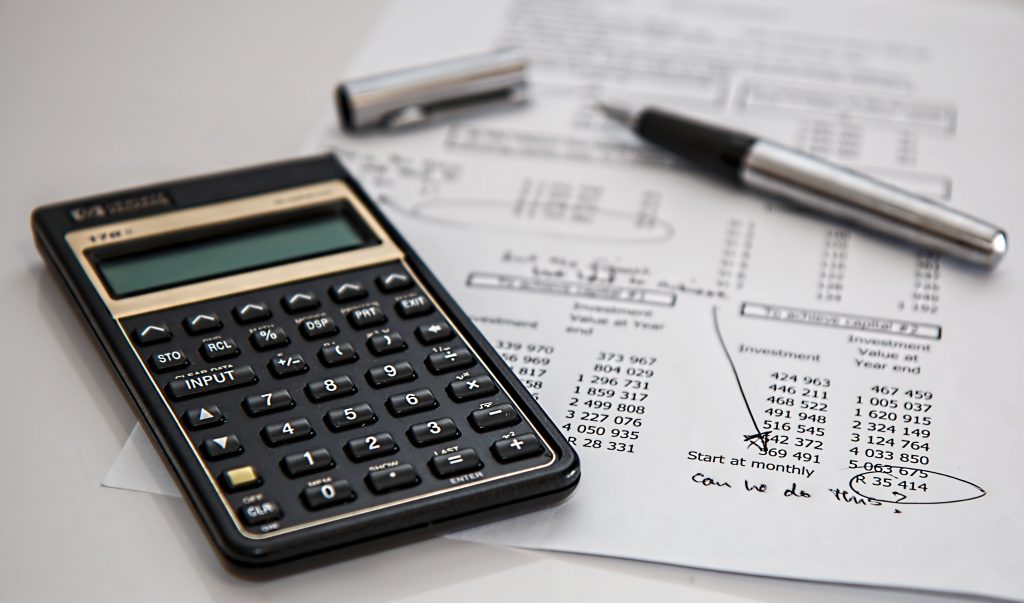
While lots of people are focusing on the festive season, getting ahead of their Christmas shopping and organising holiday celebrations for small businesses, the upcoming new year is a time for reflection and financial planning.
Ultimately, the sooner you get started with your business financial planning, the better prepared your business will be for the year ahead. However, as this is a busy (and exciting) time of year, it can be tricky to know how to get started with your finances.
But, if you want to set your small business up for success, this guide is for you. Below, we’ll give you a rundown of the financial planning tasks you need to take care of head of the new year.
1. Prepare all your key end-of-year financial documents
One of the most important parts of reviewing your finances and forecasting for the future is ensuring you have all the key financial documents at your disposal. Plus, these will be important for settling any outstanding payments as you move forward into the new year. The key financial documents you should gather include:
- Balance sheet (statement of financial position)
- Profit and loss account (income statement)
- Cash flow statement
Having these statements is an important part of monitoring and analysing the overall performance of your small business. These help to show whether you’re running a healthy business or not, if you do need some adjustment or if funding, expansion or mentorship could be a possibility in the future.
Not only that but from these documents, you will be able to calculate your current assets and liabilities, any debt you owe and any profit you’ve made. Having all this information to hand can help you to not only see what you’re doing well or possibly where your business is suffering, but it is vital for planning your finances and budgets for the new year.
2. Start preparing your tax documents
Following on from our first point, although the end of the year might not be the end of the tax year, it is a good time to start getting your tax documents in order.
The types of records you keep will vary depending on the nature of your business, but it’s a good idea to keep as much as possible until the end of the tax year when you know your return has been filed correctly. These key documents could include:
- Bank statements
- Cheque stubs
- Certificates of loan interest paid by you
- Receipts
- Invoices
- Forms EIS3 or EIS5 if you were issued them
- Gift Aid payments
- Pension plan certificate
Once you’ve gathered all the documents and details that are relevant to your business, you can start the new year feeling more prepared and with some idea of what your tax bill might be that year. Not only this, but you’ll be able to look back at where you’ve been spending your money and where your key earners are, making it much easier to plan for the future with real data and insights.
3. Start planning your goals for the new year
Armed with all the relevant documents, information and insights, you can review your goals from the past year. This will highlight areas of strength and weakness, helping to give you a clearer picture of your business goals for the new year.
At this stage, you can start writing down your goals for the new year based on your findings. For example, is your goal to increase sales? Hire new employees? Cut business costs? Or perhaps to make the move from retail to online and open up another source of revenue?
Of course, these are just a few ideas, but at this point, you should write down each business goal you hope to achieve over the coming 12 months, including as much detail as possible about each one.
4. Develop action plans based on your financial goals
Once you’ve begun writing down your goals, it’s time to think about which are going to be your key priorities and get an action plan in place for each of these. It can be very helpful to use the SMART method by setting goals that are specific, measurable, attainable, relevant and time-based.
In order to get the most effective action plan in place, you should break each goal down into smaller objectives, making these more specific. You can then outline the key metrics with which you’ll measure your goals, ensuring your goals and targets are relevant to the overall success of your business.
Finally, you can set a deadline for each of your goals, making sure these are realistic and attainable.
This is because if you set goals that are too hard to reach or that you will not reasonably achieve by your set deadline, this can become very disheartening. So, to help you stay on track and feel as if your business is driving forward, set SMART financial goals.
An example of one such goal could be:
- Specific – I want to hire a new employee to enable a delivery service
- Measurable – I will measure their success by how much sales and profits increase
- Attainable – I have money in my budget to hire a new employee
- Relevant – I can offer training that will boost their sales and marketing skills, which will contribute to their success within the business
- Time-based – I hope to have a new employee by the end of Q1 and see sales increasing by the end of Q3
5. Create a strategic financial plan
Now you’ve got all your documents together and have outlined the goals you hope to achieve, the final stage is to get a strategic plan in place.
Look at your goals and plug in the costs needed to achieve them; you can then compare this with your current financial situation and determine the funds you’ll need to achieve your goals. Creating financial projections in this way ensures you have enough money in your budget to reach the goals you’ve set for yourself.
What’s more, based on your SMART goals, you can determine whether you will need more staff, equipment, etc., to drive your business forward. This will again help you to set budgets and get a strategic financial plan in place to ensure success in the new year.





